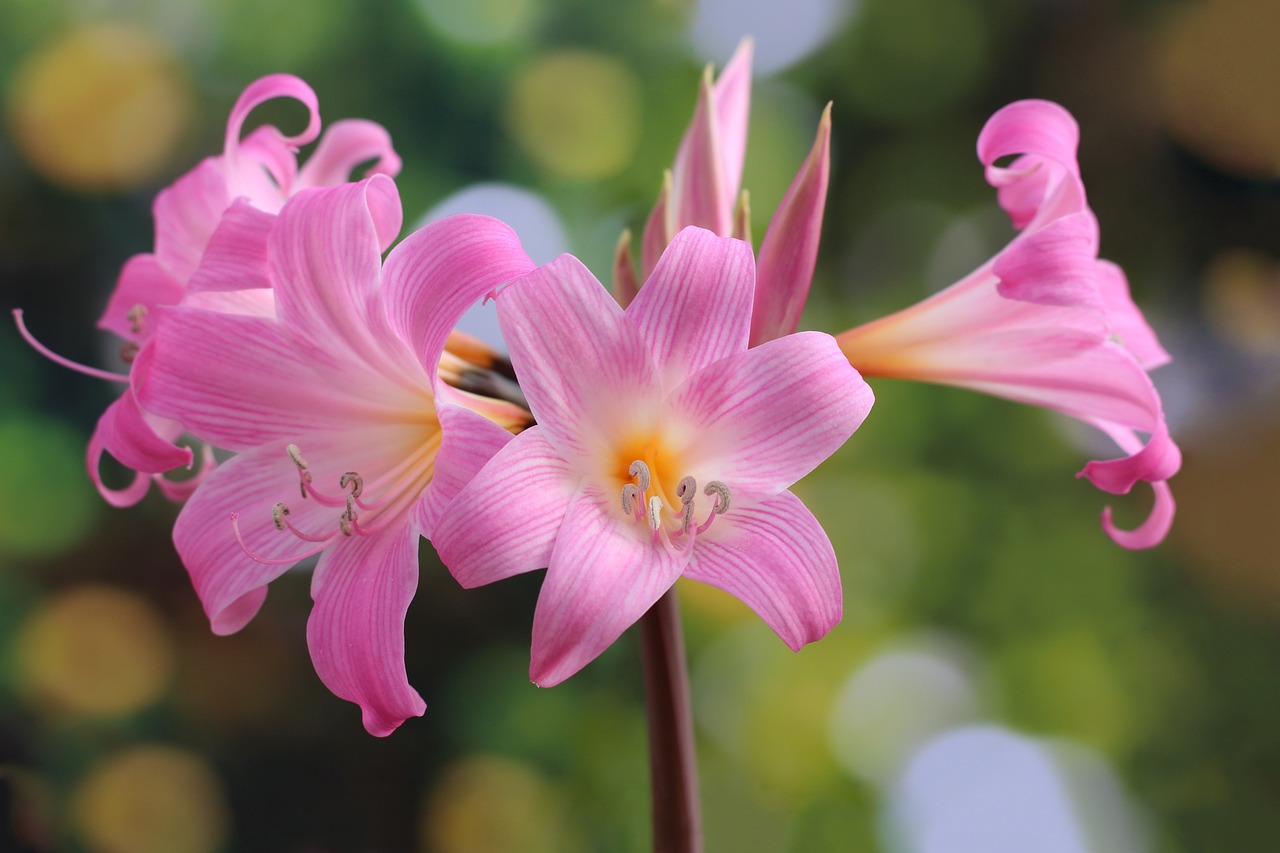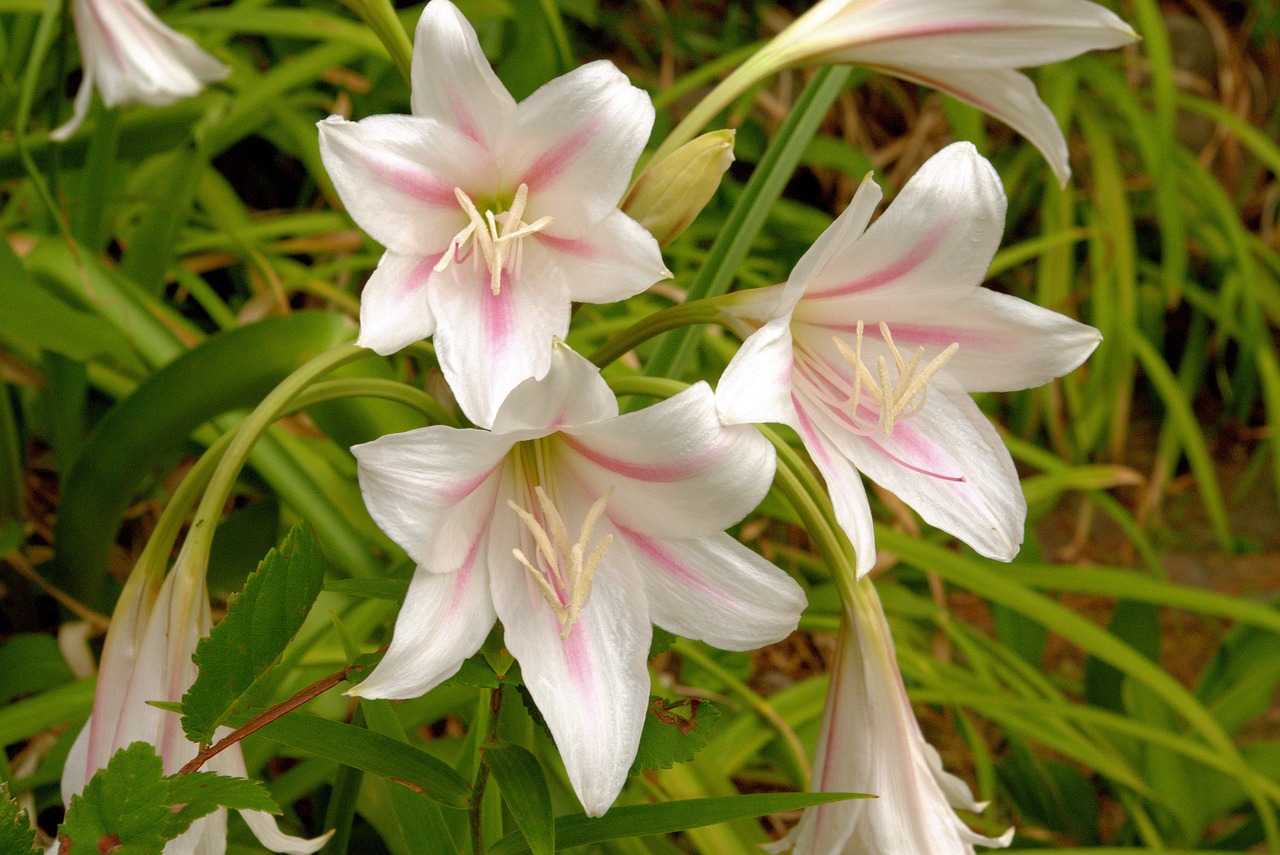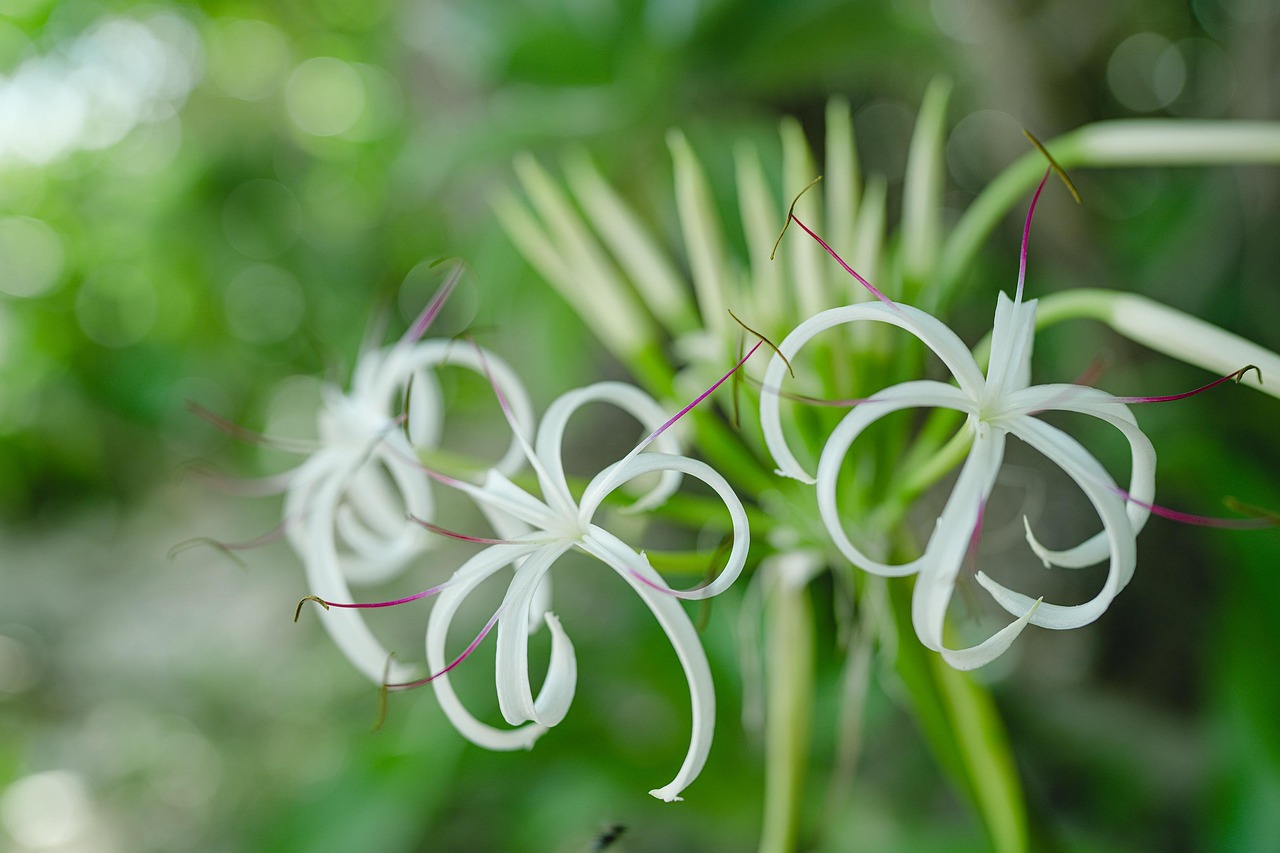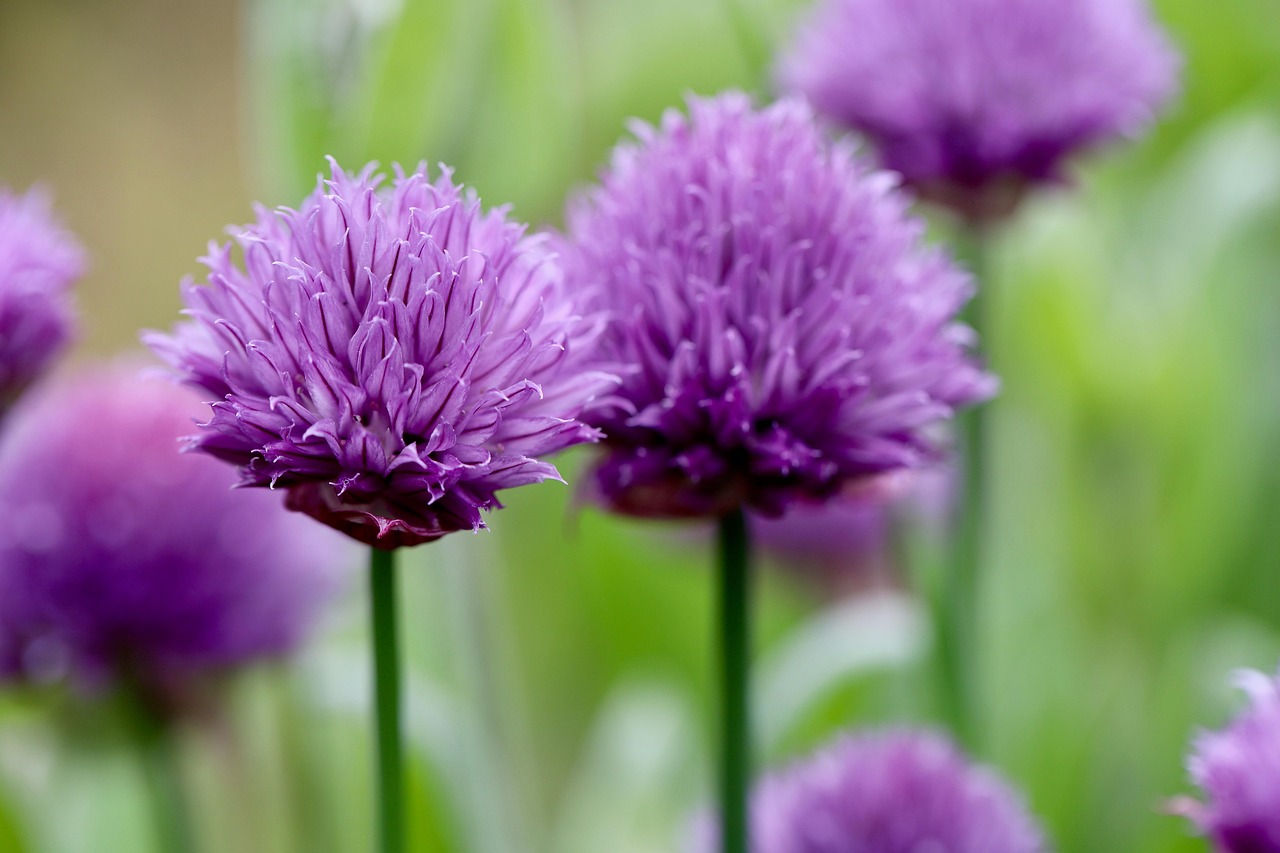Snowflake | A Bell-Shaped Flower Heralding Early Spring in Europe
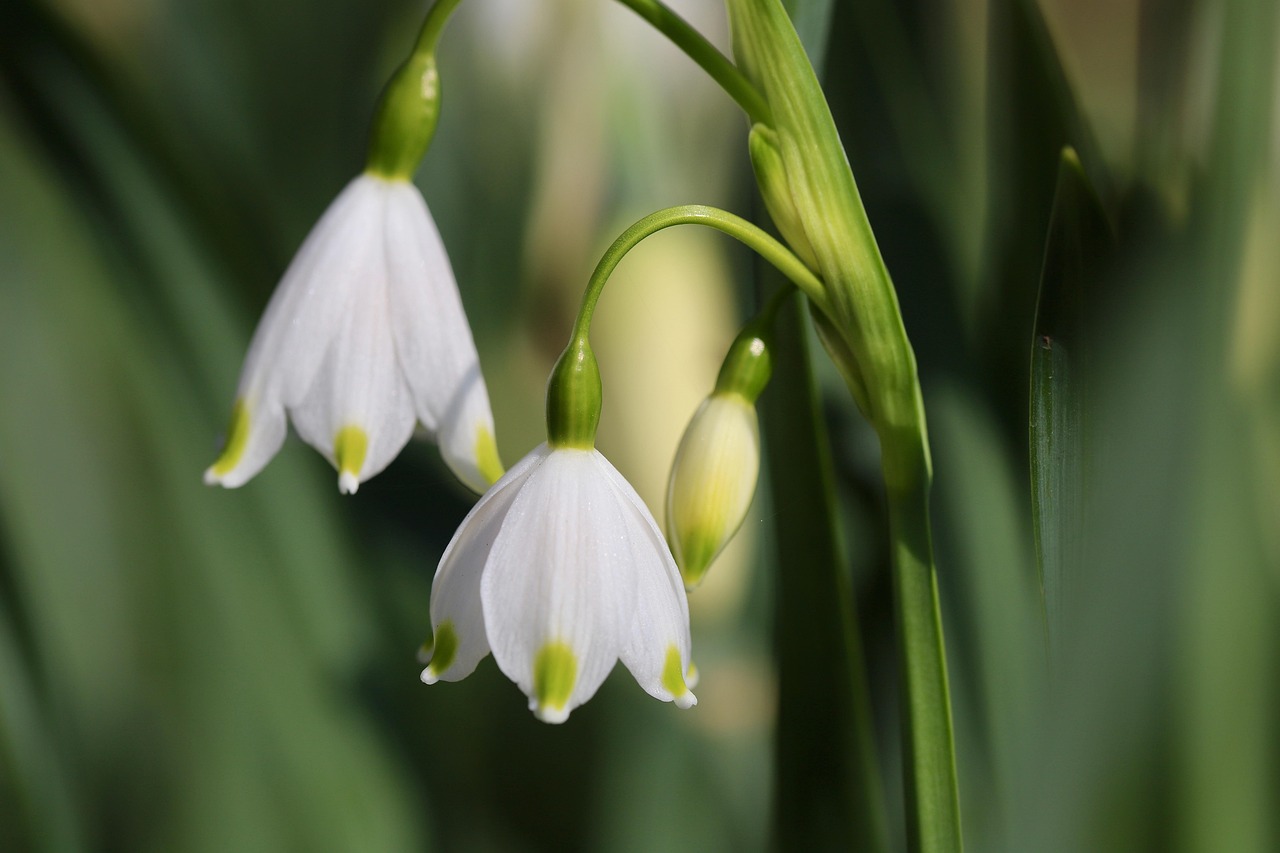
The snowflake is a perennial plant characterized by its pure white, bell-shaped flowers adorned with delicate green spots. It blooms gracefully in early spring and is cherished as an accent in natural gardens and flower beds.
In this article, I will explain in detail the basic information, cultural and historical background, and essential tips for growing snowflakes.
Basic Information
- Scientific name: Leucojum aestivum
- Family: Amaryllidaceae
- Origin: Europe, Western Asia
- Appearance: Snowflakes grow to a height of 30–50 cm. From among their slender leaves, flower stalks emerge bearing white, bell-shaped flowers. The green markings at the tips of the petals give them a delicate charm reminiscent of snow crystals.
- Blooming season: From March to May, announcing the arrival of spring.
Cultural Significance Around the World
Snowflakes are cherished across Europe as flowers that announce the coming of spring.
In the United Kingdom and France, they are planted in gardens and parks, admired for their ability to spread naturally and create picturesque landscapes.
In Germany, they are called Märzenbecher (“March goblet”) and are well known as early spring bloomers.
In parts of Eastern Europe, snowflakes are used in spring festivals and floral decorations, symbolizing the end of winter and the beginning of a new season.
Historical Background
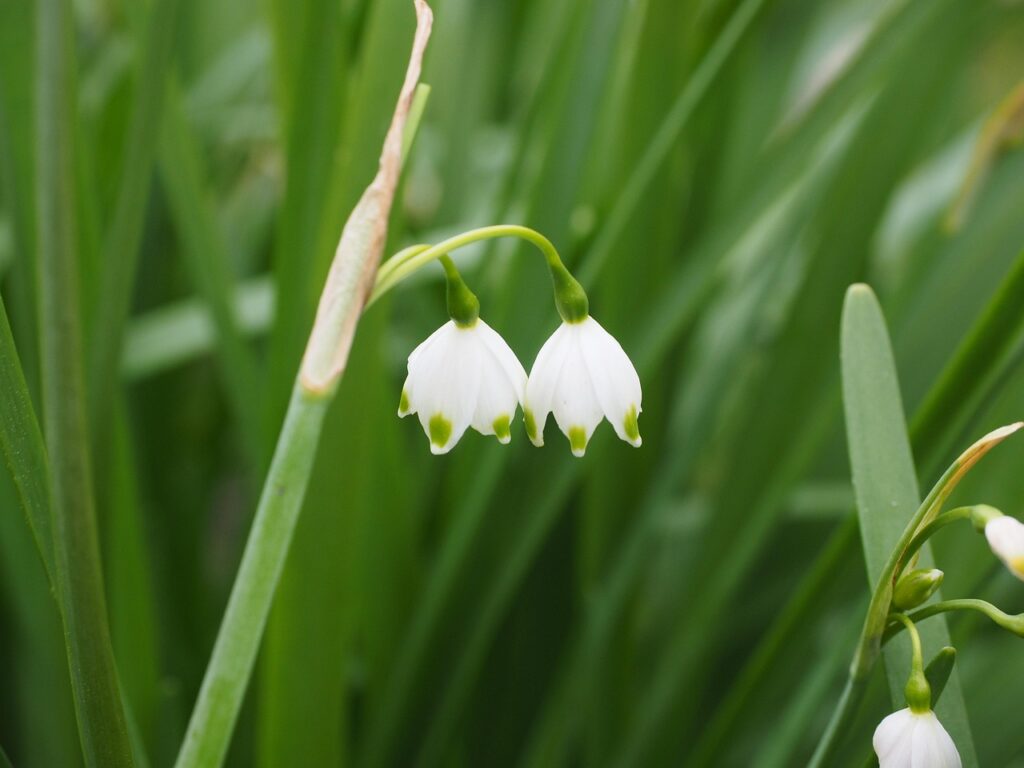
Snowflakes have a long history, with records showing that they were cultivated in monastic gardens in medieval Europe. Monks appreciated their resilience, blooming after harsh winters, and planted them for enjoyment.
By the 18th century, botanists across Europe classified snowflake varieties, and their ornamental value became increasingly recognized.
In Victorian England, they gained popularity as garden flowers and appeared in poetry and literature.
They were also introduced into the gardens of French royal courts, becoming beloved among nobility.
Gardening Advice
Snowflakes are hardy and easy to grow. Once planted, they return each year. By following the points below, you can enjoy even more beautiful blooms:
Sunlight
They adapt to both sunny and partially shaded areas. Avoid strong, direct sunlight; a bright environment ensures better flowering.
Watering
Water regularly so that the soil does not become overly dry. Avoid overwatering—ensure good drainage, especially in pots.
Soil
They prefer well-drained soil that retains moderate moisture. Mixing in compost or sandy soil promotes healthy growth.
Fertilizer
Apply slow-release fertilizer at planting. During the growing season, give liquid fertilizer about once a month. Be careful not to overfertilize, as this causes excessive leaf growth.
Transplanting
When bulbs become crowded after several years, divide and replant them in new areas. Replanting in autumn ensures vigorous blooms the following spring.
Conclusion
Snowflakes are elegant flowers that herald the arrival of spring.
They have been cherished throughout Europe, from monastic gardens to royal courts.
Even today, they remain popular in natural gardens and are easy to cultivate both in the ground and in pots. With proper sunlight and well-drained soil, they will reward you with beautiful blossoms year after year.


